TAGGING AND TRACKING MOBULIDS
Oceanic manta ray (Mobula birostris) with a suction cup Crittercam in Mexico.
Manta and devil rays often undertake seasonal migrations, travelling tens, hundreds, and sometimes thousands of kilometres. This means that their habitat can encompass large areas, sometimes crossing national boundaries, where conservation management is often more challenging. Therefore, to effectively protect these animals, we must first understand what habitats they are using, when they are there, and what they are doing within it.
Photo identification (photo-ID) is one of the primary research methods favoured by Manta Trust scientists around the world and, over the last 15 years, it has provided great insight into the movements, size, and demographics of manta ray populations globally. It is a cheap and non-invasive data-collection technique that both trained researchers and members of the public can use. However, it alone cannot tell us everything that we need to know to adequately protect manta rays and their relatives around the world. Learn more about photo-ID and how you can contribute to our citizen science programme, IDtheManta.
A satellite tag deployed on an oceanic manta ray (Mobula birostris) in Mexico.
One of the limitations of photo-ID research is that images can only be collected in locations (and at depths) that scuba divers and snorkellers can access; primarily restricting data collection to shallow reef systems. This means we have learnt a lot more about the spatial and behavioural ecology of the reef manta ray than their larger cousins, which live a more oceanic lifestyle. However, as this recent tagging study led by Initiative Manta En Nouvelle-Caledonie demonstrates, even with all the photo-ID data we have collected, there is still much we can learn about reef manta rays using other research methods. Photo-ID is further limited because most of the data is primarily collected from only a few aggregation sites where researchers know the rays regularly frequent to feed or clean, often for just a few minutes or hours at a time. Therefore, once the rays leave these sites, we have no idea where they are going, or what they are doing; knowledge which is critical if we are to effectively protect these species.
The Manta Trust utilises a wide range of research methods to gather knowledge on mobulid rays globally, which we then use to make informed management recommendations to governments and other stakeholders. These methods often include tagging studies. However, as tagging is an invasive technique, we only use it when it is required to fill vital knowledge gaps.



